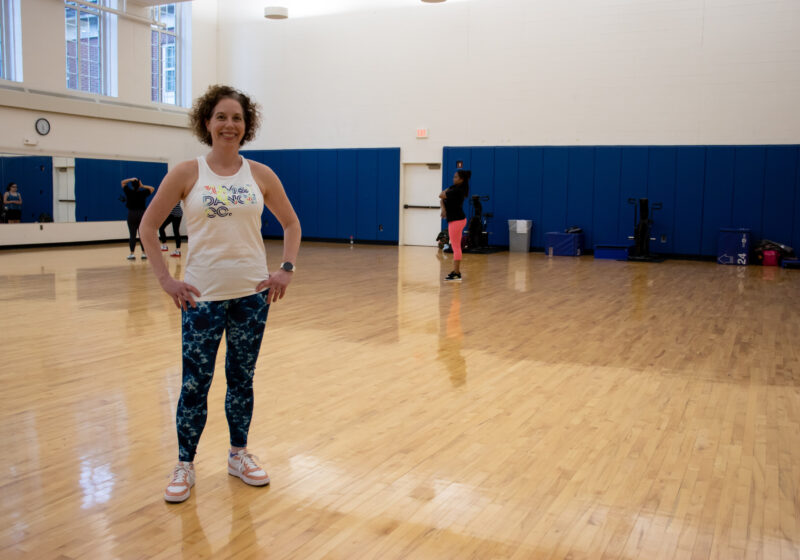UR is now the largest employer in the Rochester area, surpassing the Eastman Kodak Co. as the imaging company’s employment dropped to its lowest level in 70 years.
Kodak has long held the position as the region’s largest employer, once maintaining a local work force of over 50,000.
Kodak now employs 14,100 full-time employees in the Rochester area according to year-end reports, down from 16,300 at the end of 2004.
UR reported 14,498 full-time employees and 17,339 full-time equivalents across its divisions, including the River Campus, Eastman School of Music and Strong Memorial Hospital.
Full-time equivalents include a tally of full-time employees and part-time employees whose combined hours are the equivalent of a full-time position as defined by the employer.
While the numbers indicate strong growth for UR, they are also indicative of the struggling local manufacturing economy, according to UR President Joel Seligman.
“Whether the university is the largest employer or the fourth largest employer is really inconsequential,” Seligman said. “What really matters is that we are growing and adding to the economic vitality of Rochester. In some ways, it would be more satisfying to be the third or fourth largest employer, if it meant that other employers were adding jobs and growing.”
Rounding out the top five area employers are Wegmans Food Markets with 10,161 employees, Xerox Corp. with 8,100 and ViaHealth with 5,308, according to the Rochester Democrat and Chronicle.
Rochester Mayor Robert Duffy believes UR’s growth shows the direction the city’s economy is taking.
“UR is a leader in education, health care, high technology and job incubators, and these are the growth areas of our future,” Duffy said. “I was pleased to hear that the university is now this region’s largest employer. I wish President Seligman and the university success with the responsibilities that come with the new role. I know they will continue to lead well.”
Although some of the city’s largest companies are cutting back, Seligman believes UR can take a leadership role and partner with companies like Kodak and Xerox.
“UR has a great tradition of innovation and, thanks to our wonderful faculty, is in a position to contribute considerably to the region’s economic growth,” Seligman said. “We are partnering with companies like Kodak, Xerox and Bausch and Lomb to find ways that our faculty’s intellectual capital can be used to strengthen those companies and the University.”
Employees of UR have benefited from the positive work environment growth helps to foster.
“I always wanted to work here,” UR food service worker Melissa Latson said. “When the opportunity came up, I took it.”
UR food service worker Danna Johnson enjoys the flexibility UR provides her so she can raise her kids as a single mother.
“My schedule is perfect with dropping my children off at my house and then coming in from 4:30 p.m. to midnight,” Johnson said. “The hours fit my schedule exactly. It makes it easy to work here as a single parent. It lets me be independent.”
UR’s growth is a result of successful planning and execution of the university’s mission, Seligman said.
Although this is certainly a milestone, Seligman expects the role of the university to expand and become more vital far into the future.
“I believe that the 21st century will be the century which will particularly value higher education – especially for its role in job creation,” Seligman said. We are already seeing that here across all of our missions education, research and patient care. In the last five years, we’ve added nearly 500 new academic and clinical faculty.”
Seligman believes UR will continue its steady growth.
“The university has been growing steadily over the last several years, not in fits and starts, but slow, steady and sustainable growth,” Seligman said. “This growth is likely to continue into the future.”Bruml can be reached at abruml@campustimes.org.


